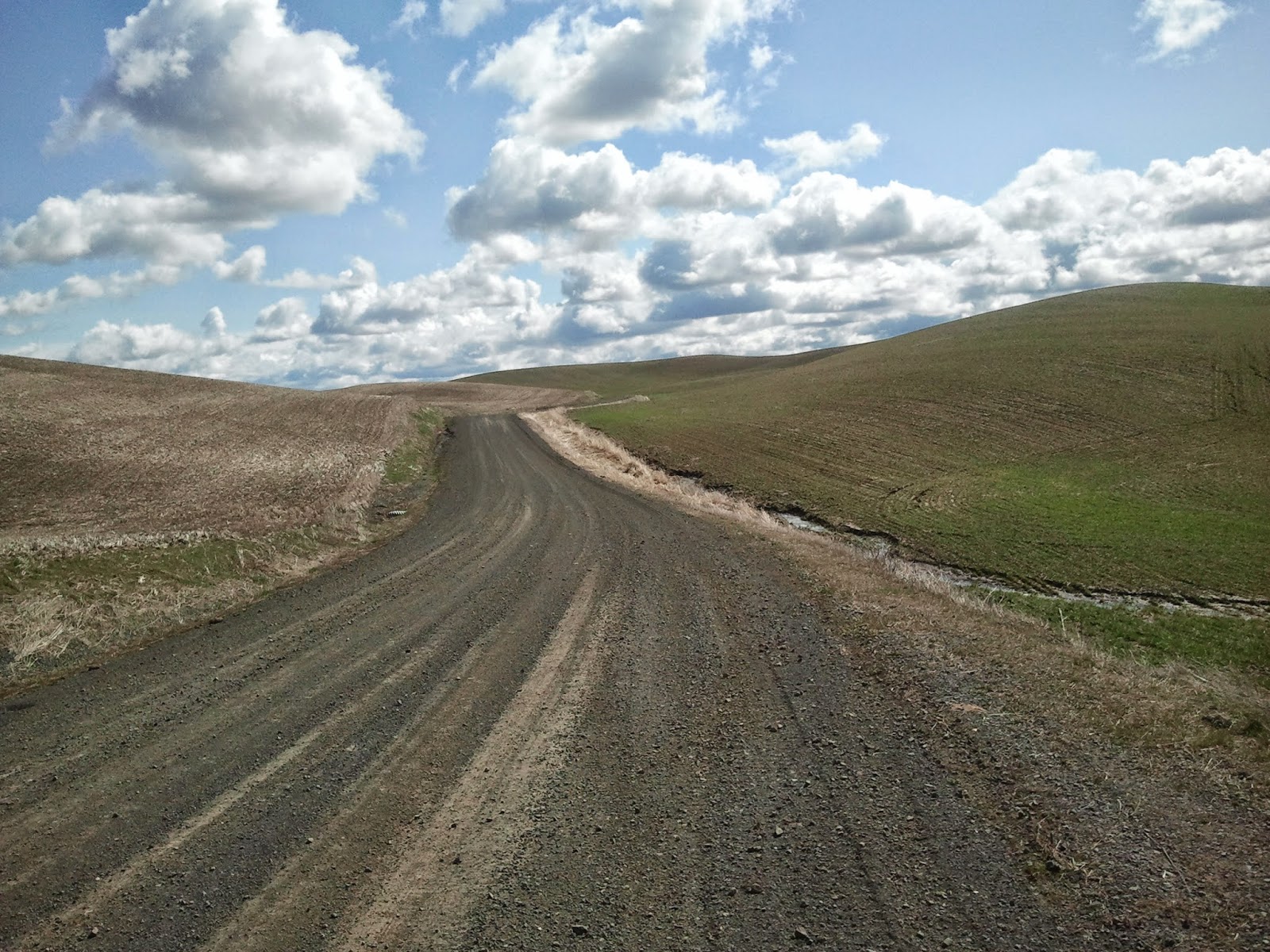"There's a spy in the sky. There's a noise on the wire. There's a tap on the line. And for every paranoid's desire...
There's always Someone looking at you.
S-s-s-s-someone looking at you...
They're always looking at you."
(Bob Geldoff - Boomtown Rats)
Regular readers may recall that on my recent trip to Phoenix that my boxed bike attracted an inordinate amount of interest from the TSA each way and my lucky 25g CO2 cartridge went missing. I doubted then that they were conducting random market research on the favored brands of bike, frame materials or component groups of cyclists who travel with their bikes. Instead they were on the hunt for contraband CO2 shipped by the bike cartels.
My suspicions were confirmed this week by a breezy letter from the FAA regarding the requirements set forth in Title 49 of the code of Federal Regulations (I must have missed that during my review of all applicable regulations while packing for my trip) and the dangers of hazardous materials.
You will note in the above helpful guide regarding hazardous materials that there is no specific mention of CO2 since it is neither flammable, explosive, corrosive or toxic so in my opinion they are stretching a bit by grabbing my favorite cartridge. It is compressed gas so I guess it falls under that section.
I will say that there is ONE place that good ole CO2 that we create with every breath is a hazardous material - Washington DC - which makes Congress so dangerous since its members seem to create an extraordinary amount of the stuff and important laws like Title 49.
So there you have it - mystery solved. If you ship your bike by plane, pack it well, but expect that it will be opened and inspected thereby keeping the skies safer one non-explosive, non-toxic cartridge at a time.
Two Wheel Transit - Cycling for Life






































